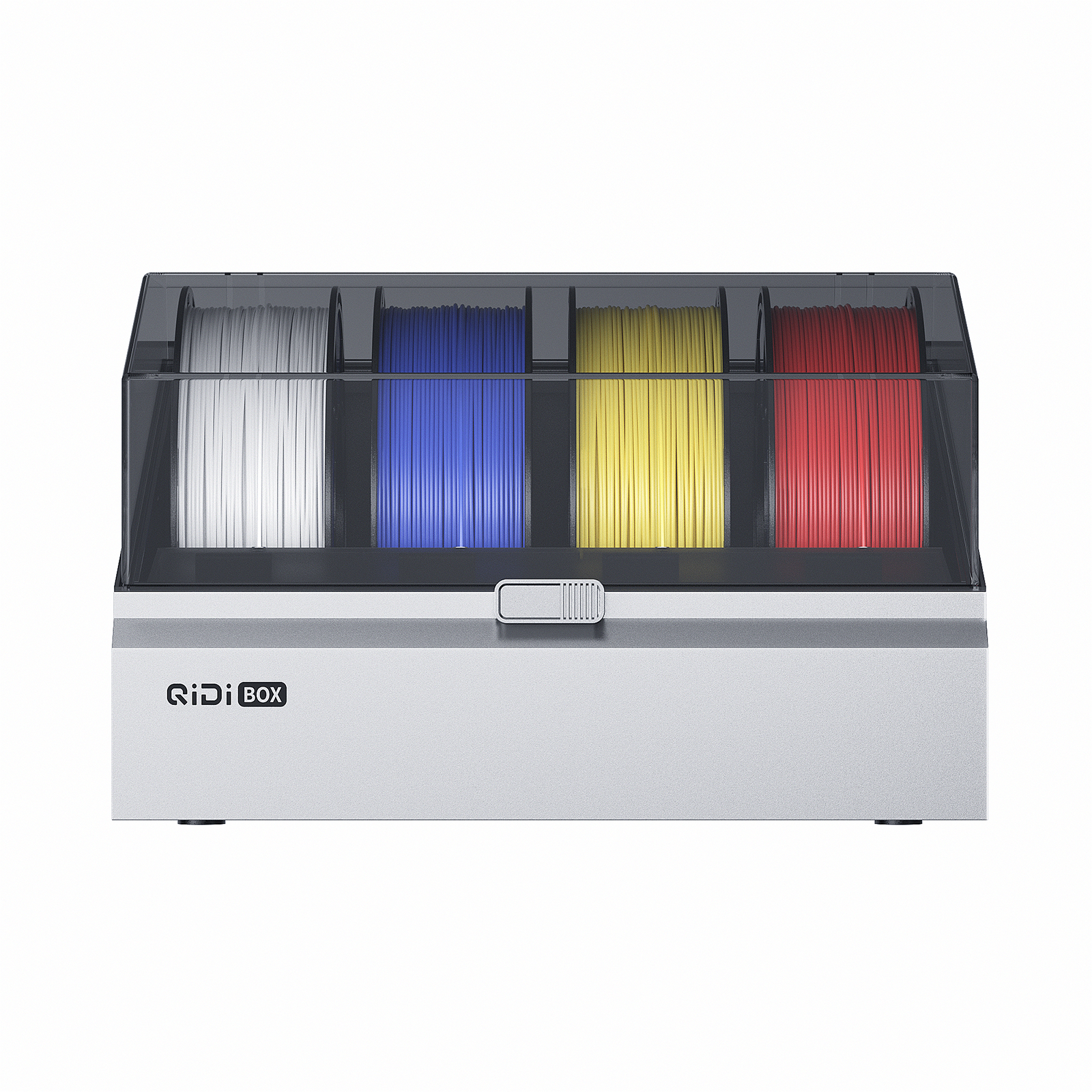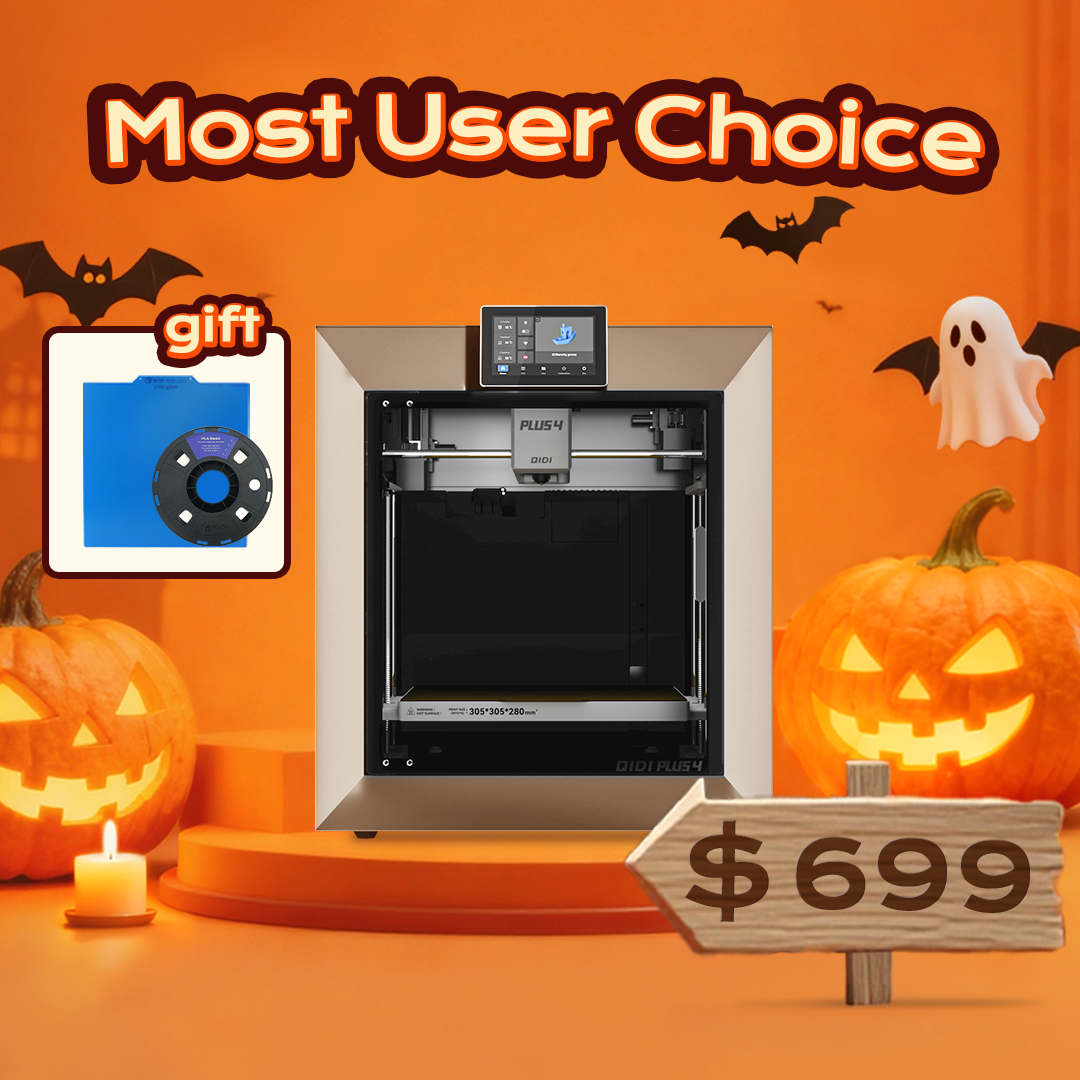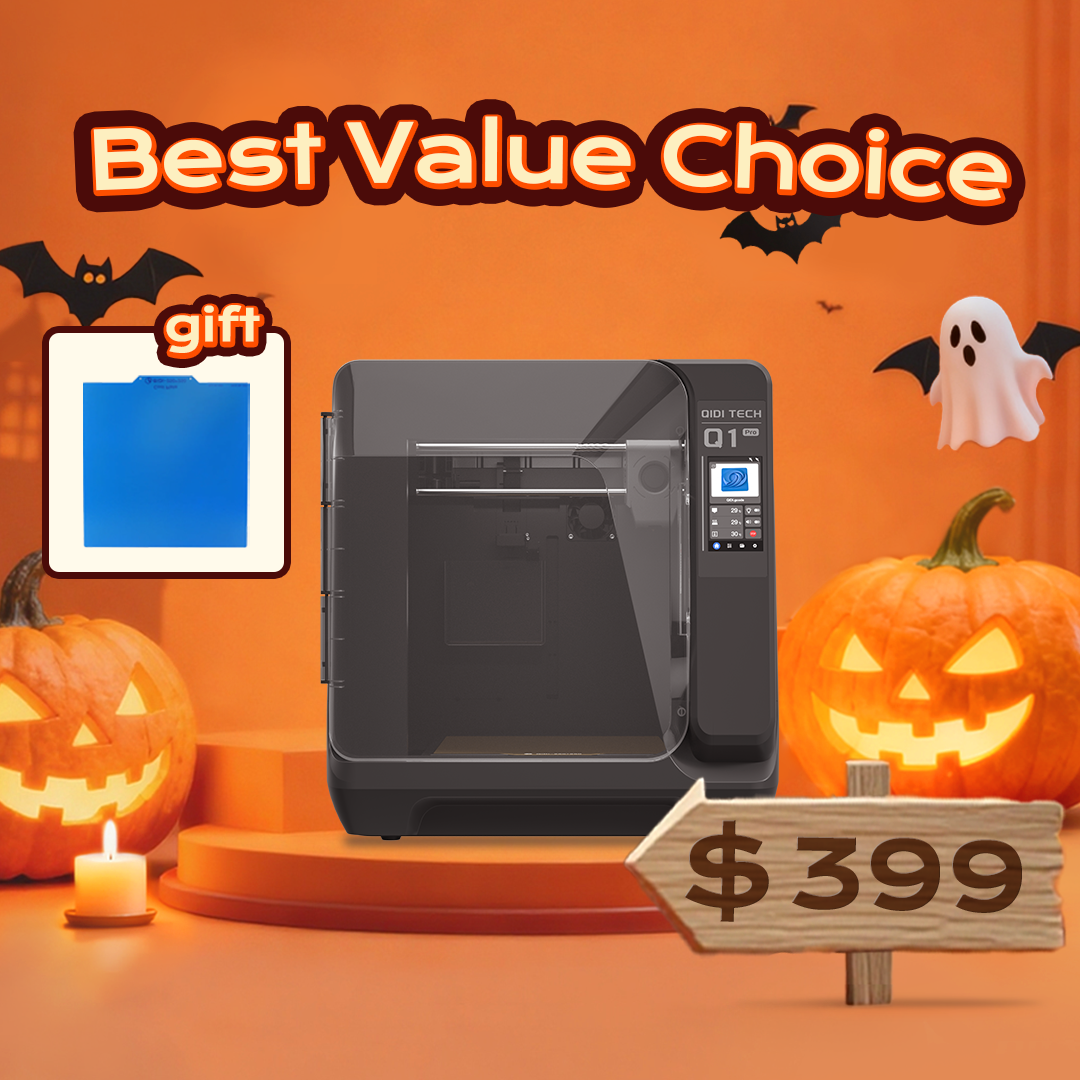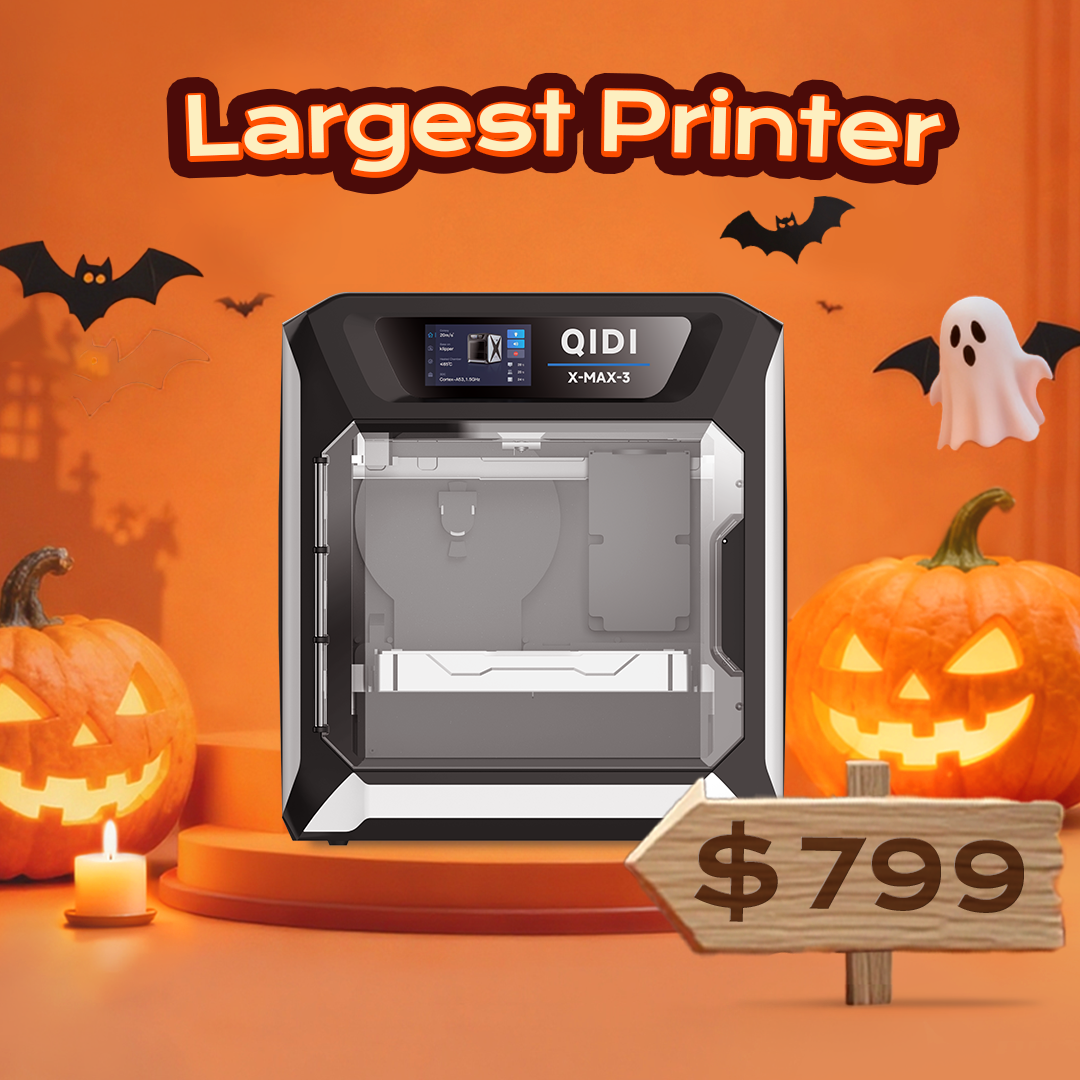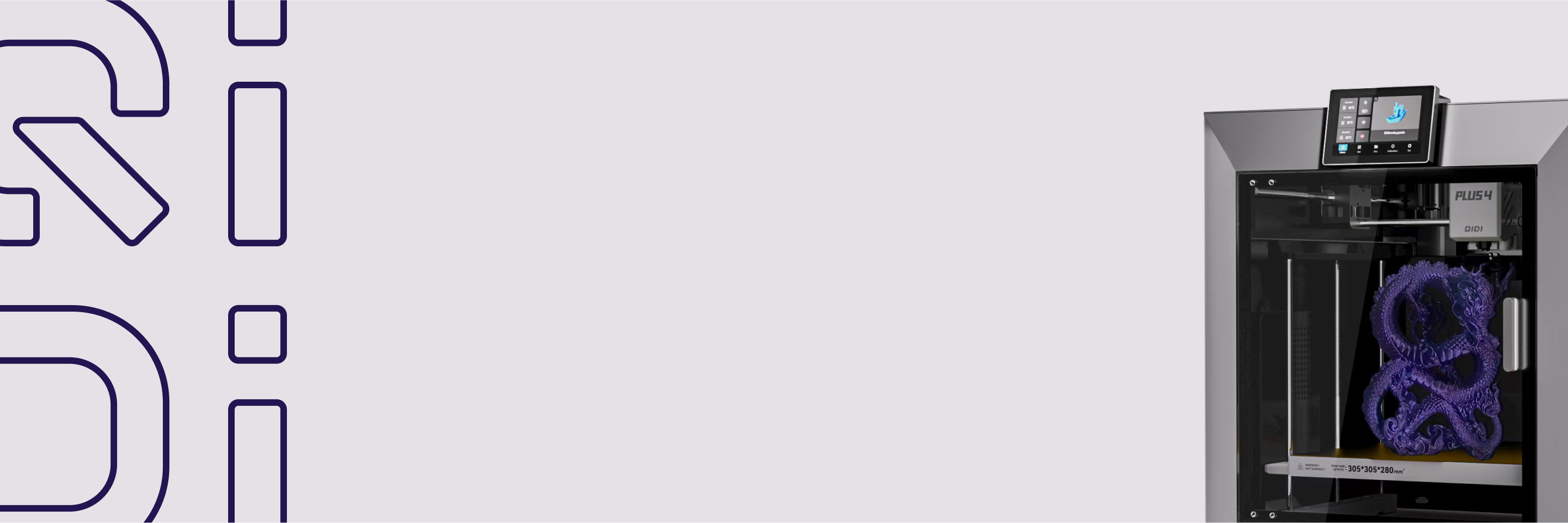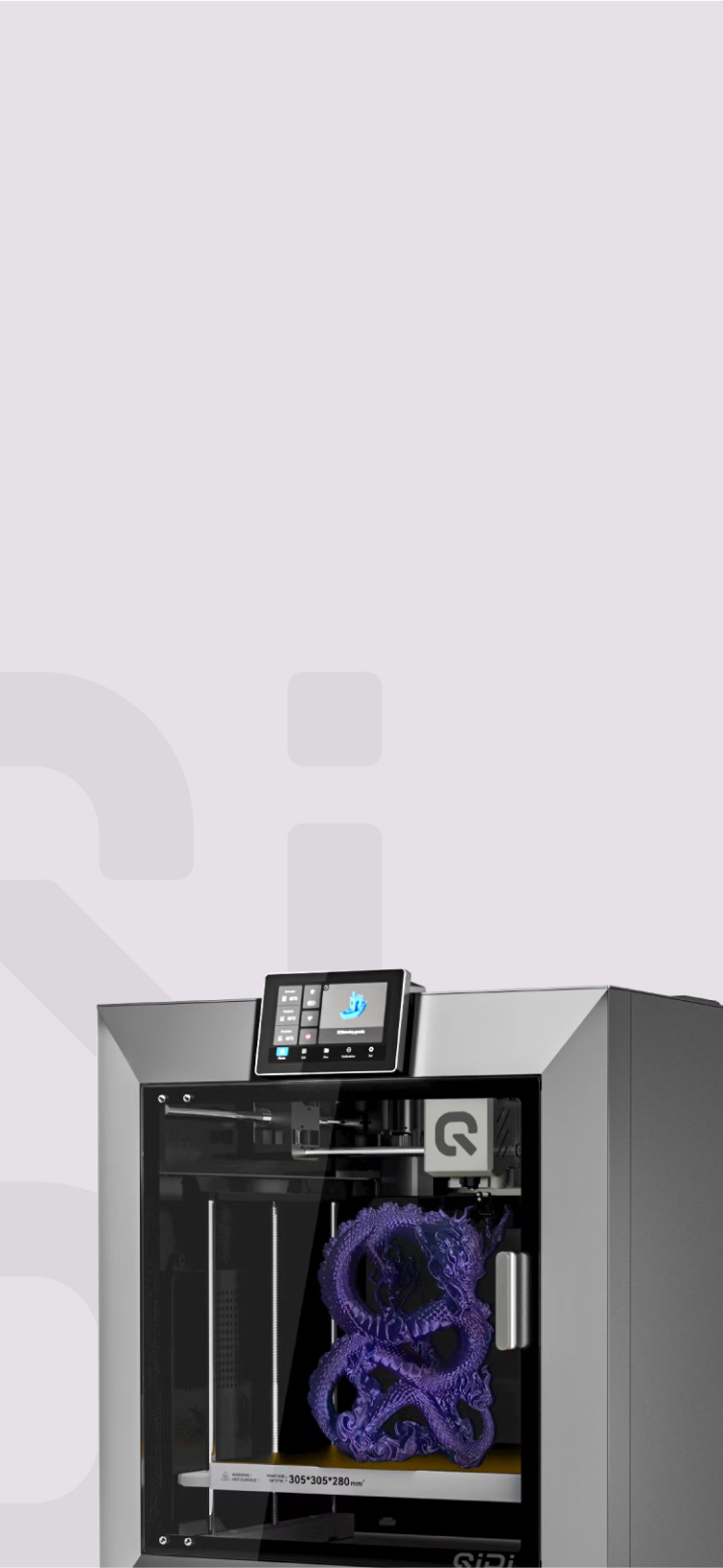Termini software Slicer essenziali spiegati
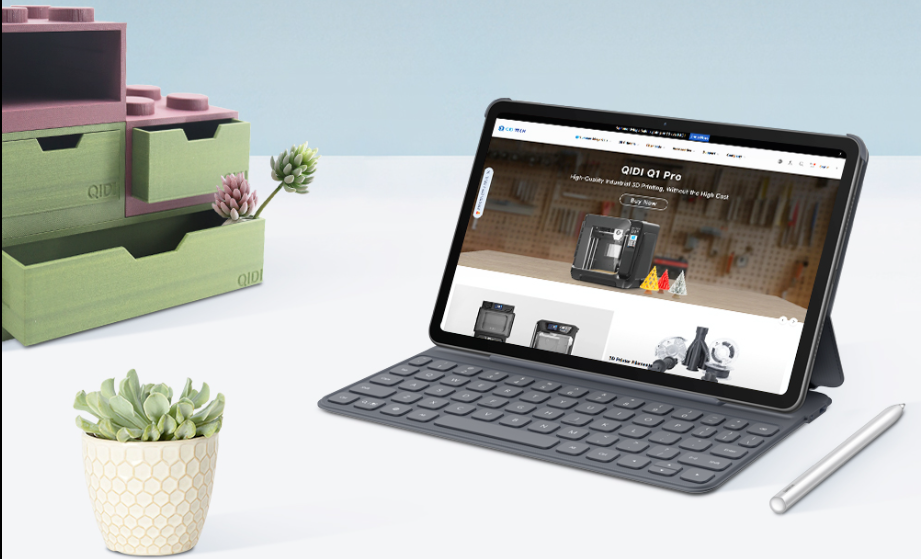
A stampa 3D un modello completato, hai bisogno software di affettaturaPrende modelli 3D e li trasforma in istruzioni precise che indicano alla stampante come realizzare ogni strato. Senza un software di slicer, i disegni digitali potrebbero essere visualizzati solo sullo schermo del computer. Questi programmi calcolano aspetti importanti come il flusso dei materiali e i metodi di stampa migliori, aiutando sia i principianti che gli esperti a realizzare stampe migliori.

Concetti fondamentali di Slicer
Codice G
Il modo fondamentale in cui i piani digitali e stampanti 3D parlare tra di loro è attraverso Codice GQuesto linguaggio di programmazione è basato sul testo e fornisce coordinate, velocità e azioni precise per ogni movimento della stampante. Il codice G indica alla stampante dove andare, a quale velocità e quando espellere il materiale. Per stampe complesse, potrebbero essere necessarie migliaia di queste istruzioni per trasformare un semplice modello digitale in un oggetto tridimensionale accuratamente costruito.
Processo di affettatura
Lo slicing è una parte molto importante del processo di traduzione perché trasforma i modelli 3D in livelli utilizzabili. Il modello digitale viene analizzato da un software complesso, che lo taglia in sottili sezioni orizzontali che la stampante può stampare. Durante questa trasformazione, lo slicer calcola diversi fattori, come lo spessore dello strato, la velocità di flusso del materiale, la velocità di stampa e la quantità di supporto strutturale necessaria.
La potenza di calcolo dei moderni strumenti di slicing è davvero sorprendente. Individuano le linee di stampa ottimali, riducono gli sprechi di materiale e individuano i possibili problemi durante la stampa. Utilizzando la matematica per scomporre forme complesse in passaggi gestibili, gli slicer consentono di combinare la creazione digitale con la produzione fisica.
Elementi strutturali: precisione nella progettazione della stampa
Perimetro/Contorno
Con le impostazioni perimetrali, puoi definire le pareti esterne della tua stampa 3D, creando una solida barriera di sicurezza. Queste opzioni, solitamente espresse in millimetri, determinano quanti strati compongono la superficie del modello. Le stampe con perimetri più lunghi durano più a lungo e sono più resistenti, mentre quelle con perimetri più corti utilizzano meno materiale e richiedono meno tempo di stampa. La maggior parte dei produttori concorda sul fatto che due o tre strati perimetrali rappresentino la combinazione migliore tra resistenza ed economicità.
Diversi tipi di materiali e gli obiettivi di stampa richiedono tecniche perimetrali diverse. Le parti destinate all'uso potrebbero richiedere pareti più spesse, mentre i modelli destinati solo all'estetica possono avere pareti sottili. Con la giusta configurazione, la stampa sarà strutturalmente solida e dall'aspetto gradevole.
Anteprima del livello
L'anteprima dei livelli è uno strumento molto utile per la risoluzione dei problemi nei software di slicer. Con questa funzione, i progettisti possono vedere, livello per livello, come apparirà il loro modello una volta stampato. Gli utenti possono ingrandire ogni area orizzontale per individuare eventuali problemi prima dell'avvio della stampa.
Le immagini codificate a colori dei modelli di flusso dei materiali, dei possibili punti deboli, del tempo di stampa previsto e del consumo stimato dei materiali mostrano dettagli importanti in livello avanzato anteprime. Questa dettagliata analisi visiva aiuta a pianificare e risolvere i problemi di stampa prima di spendere tempo e denaro per una stampa che potrebbe non essere corretta.
Terminologia di impostazione della stampa
Posizione della cucitura
Posizione della cucitura Rappresenta il punto in cui ogni strato inizia e finisce durante la stampa. Questa impostazione, spesso trascurata, ha un impatto significativo sull'aspetto visivo della stampa. I produttori possono scegliere diverse strategie di giunzione: allineata, casuale o nascosta, ciascuna delle quali influisce sulla levigatezza della superficie finale.
Diverse configurazioni delle cuciture producono risultati visivi distinti:
- Le cuciture allineate creano una linea verticale coerente ma visibile
- Le cuciture casuali distribuiscono le connessioni degli strati in modo più naturale
- Le cuciture nascoste riducono al minimo le interruzioni visive sulla superficie di stampa
I produttori esperti adattano le impostazioni delle giunzioni in base alle specifiche esigenze del progetto, bilanciando considerazioni estetiche con l'integrità strutturale.
Altezza dello strato adattivo
L'altezza adattiva degli strati rappresenta una tecnica sofisticata per migliorare la qualità e l'efficienza di stampa. Questa impostazione avanzata consente alle stampanti di regolare automaticamente lo spessore degli strati in base alla complessità geometrica del modello.
I principali vantaggi dell'altezza adattiva dello strato includono:
- Dettagli più fini sulle superfici curve
- Tempi di stampa ridotti per sezioni più semplici
- Qualità superficiale migliorata
- Utilizzo più efficiente dei materiali
Le aree curve complesse ricevono strati più sottili per una maggiore precisione, mentre le aree piatte o meno dettagliate utilizzano strati più spessi per accelerare la stampa. Questo approccio intelligente trasforma la stampa standard in un processo più sfumato ed efficiente.
Funzionalità avanzate di Slicer
Modalità vaso a spirale
La modalità vaso a spirale trasforma il modo in cui le stampanti creano oggetti cilindrici cavi. Questa impostazione specializzata istruisce la stampante a produrre un modello con una singola parete esterna continua, eliminando cuciture a stratiIdeale per vasi, contenitori decorativi e motivi geometrici lisci, la modalità vaso a spirale crea stampe dall'aspetto fluido e ininterrotto.
Caratteristiche principali di modalità vaso a spirale:
- Stampa su perimetro singolo
- Movimento verticale continuo
- Transizioni minime tra i livelli
- Ideale per oggetti con pareti sottili
Le limitazioni includono:
- Funziona meglio con forme geometriche semplici
- Resistenza strutturale ridotta
- Limitato ai design cavi

Collegamento
Collegamento Rappresenta una sofisticata tecnica di slicer per la stampa di sezioni orizzontali senza supporto sottostante. Quando un modello contiene sezioni orizzontali non supportate, la stampante 3D utilizza algoritmi specializzati per depositare il materiale in modo strategico.
Un bridging efficace richiede una configurazione precisa:
- Velocità di stampa ridotta
- Raffreddamento minimo
- Flusso di materiale ottimizzato
- Larghezza di estrusione calcolata
Gli slicer avanzati analizzano la geometria del modello, regolando automaticamente i parametri per creare ponti puliti e stabili attraverso gli spazi vuoti. Un ponte efficace previene cedimenti, garantisce l'integrità strutturale e consente di progettare geometrie più complesse.
Padroneggia le tue competenze con il software Slicer!
Con software di affettaturaLa stampa 3D passa dall'essere difficile a essere facile. Ogni termine tecnico aiuta a trasformare le idee digitali in cose reali. Questi strumenti software, come il G-code e il bridging avanzato, aiutano i maker a realizzare stampe migliori. Imparerai come i parametri del software influenzano la qualità e le prestazioni di stampa provando diverse opzioni.

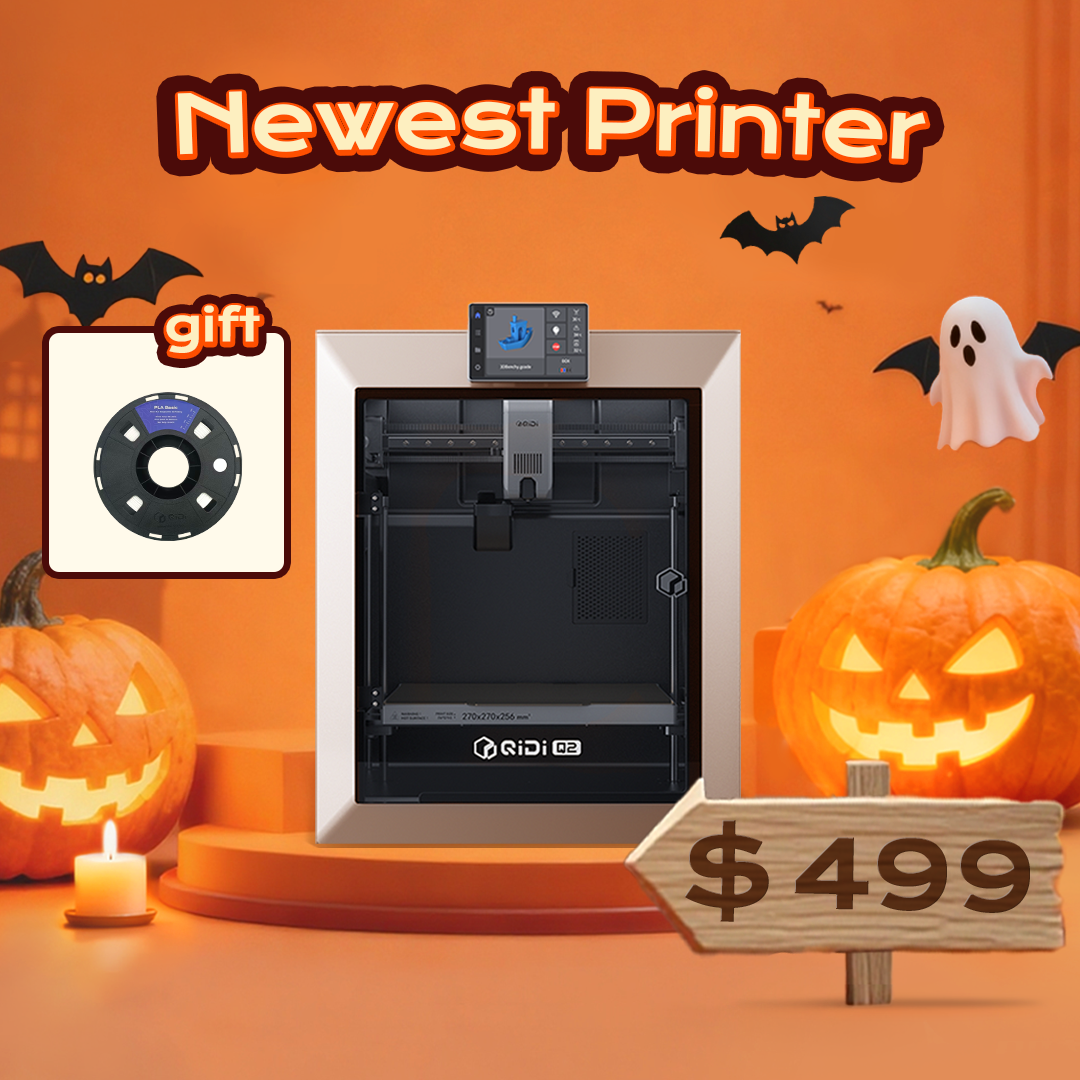 Q2
Q2
